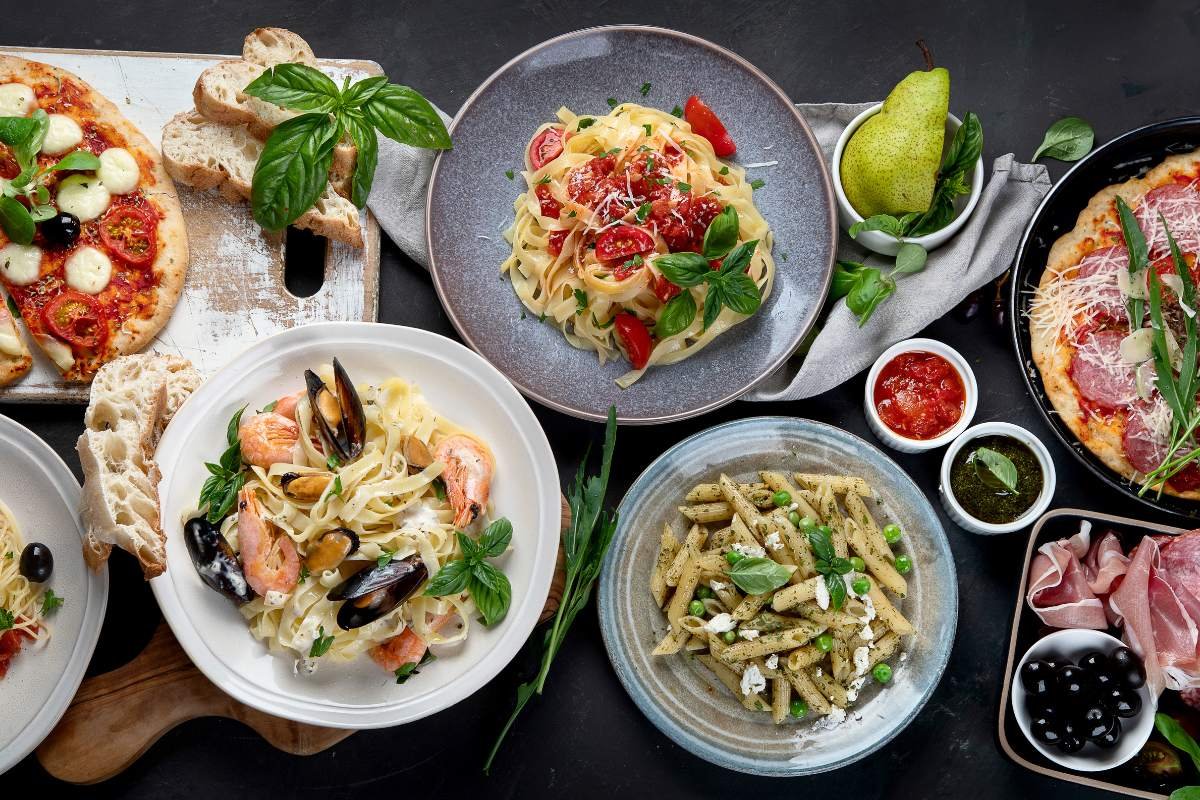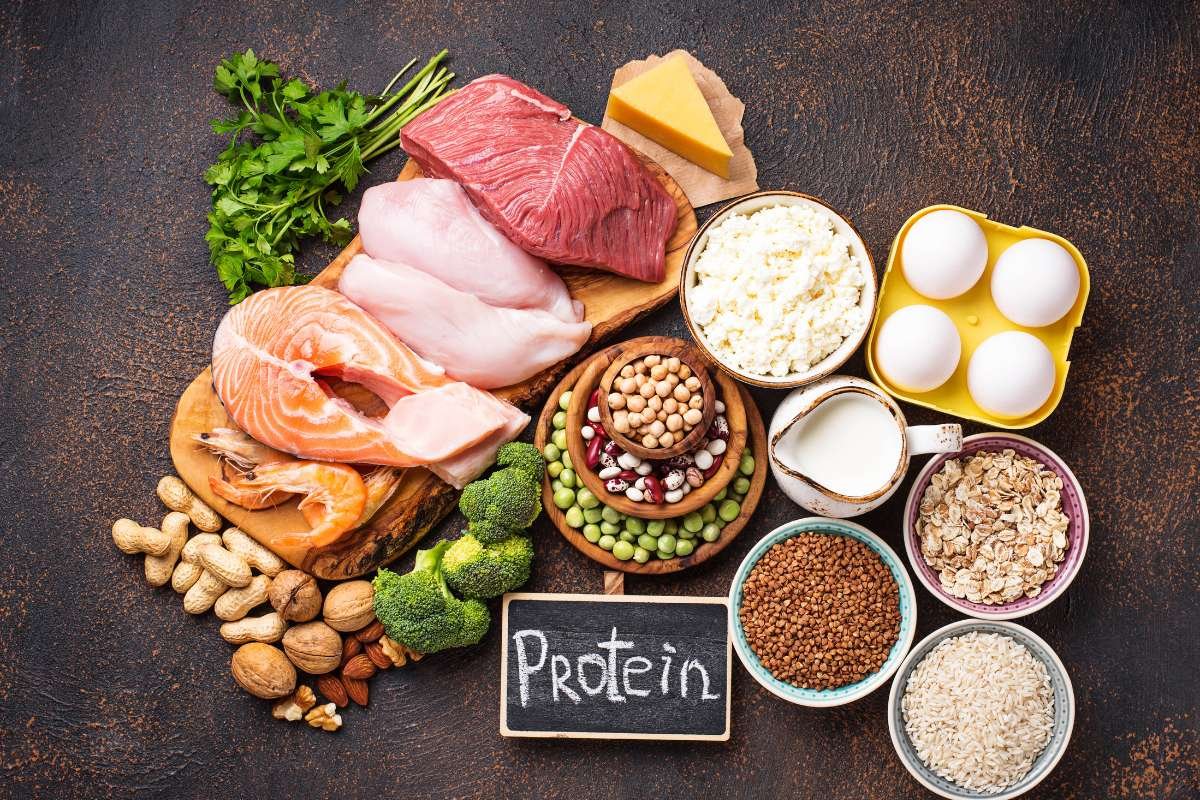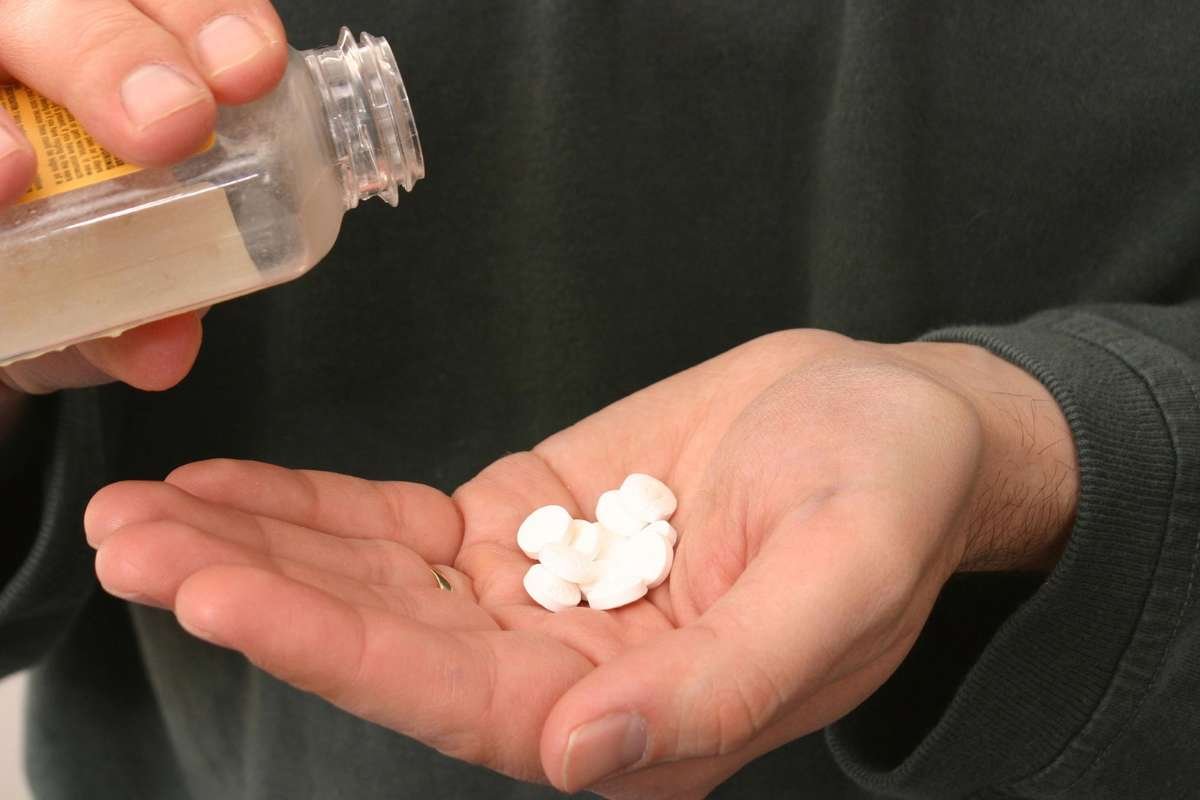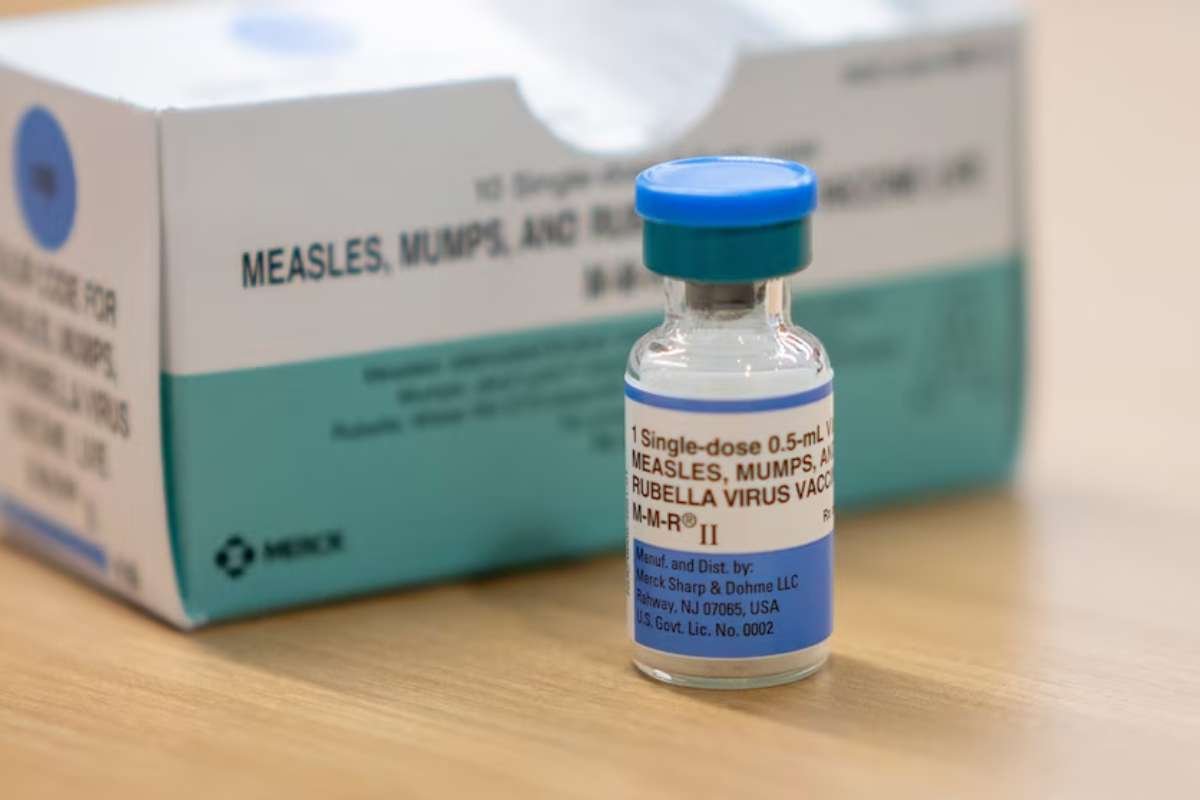As our lives become increasingly busy, we tend to overlook our eating habits for convenience, resulting in an unfortunate increase in foodborne illnesses. We often take for granted the hidden dangers in our meals, and we only remember them when it is too late, after neglecting them. We see foods that cause food poisoning, but how many of us actually care to understand the hidden dangers of these pathogens and the trouble they can cause our bodies?
The truth is, a simple stomach upset turns into a potentially serious medical emergency if not treated properly. Foods that cause food poisoning sound harmless. But the food contained bacteria, viruses, or toxins that can lead to nasty symptoms, and in severe cases, if not addressed in time. You should at least understand some basic information to help yourself. After all, it is about preserving our health and accepting that if you experience adverse symptoms, getting medical attention should be a priority.
How Does Food Become Contaminated?
Food can become contaminated at any point from the farm or fishery to the table. The contamination problem may start during the growing, harvesting or catching, processing, storing, shipping, or preparing stages of food.
Food can be contaminated in any place it is being handled, and that includes the home, for the following reasons:
- Ineffective handwashing: If feces remain on the hands after using the toilet, it can contaminate food. Other contaminants can be transferred from hands while preparing or serving food.
- Not disinfecting cooking or eating surfaces: Unclean knives, cutting boards, or any other kitchen utensil can introduce contaminants to food.
- Improper storage: Food left out for too long at room temperature can become contaminated. Food can spoil if left in the refrigerator too long. Food left in a refrigerator or freezer that isn’t cold enough can also spoil.
Sources: https://www.mayoclinic.org/diseases-conditions/food-poisoning/symptoms-causes/syc-20356230
Here are 15 Foods That Cause Food Poisoning:
When we think about “foods that cause food poisoning,” we think about a variety of items that can contain harmful pathogens if misprepared, undercooked, or not properly stored. So, knowing what these high-risk foods are is the first step to avoiding uncomfortable foodborne illness. So, here’s the list of 15 food items that lead to food poisoning:

1. Raw or Undercooked Poultry (Chicken, Turkey, Duck)
Poultry is a primary carrier of Salmonella and Campylobacter bacteria. These pathogens are naturally present in the intestines of healthy birds and can easily contaminate the meat during processing. Consuming undercooked poultry allows these bacteria to survive and multiply in the human digestive system, leading to symptoms such as fever, diarrhea, and abdominal cramps. Thorough cooking to an internal temperature of 165°F (74°C) is essential to kill these harmful bacteria.
2. Raw or Undercooked Eggs
Eggs, particularly their yolks and whites, can be internally contaminated with Salmonella enteritidis bacteria even before cracking, as the bacteria can be present in the hen’s ovaries. If eggs are not cooked thoroughly, Salmonella can survive and cause food poisoning, characterized by symptoms similar to those from undercooked poultry. It is crucial to cook eggs until the yolk and white are firm and to avoid consuming raw or lightly cooked eggs, especially by vulnerable populations.
3. Leafy Greens (Lettuce, Spinach, Cabbage, etc.)
Leafy greens can become contaminated with harmful bacteria like E.coli, Salmonella, and Listeria through various means, including contaminated irrigation water, animal waste in fields, or improper handling during harvesting and processing. Since they are often consumed raw, any pathogens present are directly ingested. Proper washing is crucial, but it may not eliminate all contamination, making the source and handling practices critical for safety.
4. Raw Milk and Unpasteurized Dairy Products
Raw milk, which has not undergone pasteurization, retains naturally occurring bacteria from the cow and the milking environment. While some of these are harmless, others, such as E. coli, Listeria, and Campylobacter, can cause severe illness. Pasteurization heats the milk to a specific temperature for a set time, effectively killing these harmful pathogens without significantly altering the nutritional value, making pasteurized dairy products a safer choice.
5. Raw or Undercooked Beef (especially Ground Beef)
Beef can be contaminated with E.coli O157:H7, a particularly dangerous strain that can cause severe illness, including hemorrhagic colitis and kidney failure. This is especially true for ground beef because the grinding process can spread surface contamination throughout the meat. Unless cooked thoroughly, pathogens can survive, posing a significant risk. Steaks and roasts are generally safer if seared on the outside, but ground beef must be cooked through. This is why undercooked beef is among the foods that cause food poisoning.
6. Raw Sprouts (Alfalfa, Clover, Bean Sprouts)
The conditions required for sprouting, which are warmth and humidity, are also ideal for the rapid growth of bacteria like Salmonella, Listeria, and E. coli. Contamination can occur from the seeds themselves or from the water used for sprouting. Because sprouts are often eaten raw, any pathogens present are directly ingested, making them a high-risk food, especially for pregnant women, young children, the elderly, and immunocompromised individuals.
7. Shellfish (Oysters, Clams, Mussels)
Filter-feeding shellfish can accumulate bacteria like Vibrio parahaemolyticus and Vibrio vulnificus and viruses like Norovirus and Hepatitis A from contaminated water. If these shellfish are harvested from polluted areas or consumed raw or undercooked, they can transmit these pathogens to humans, leading to severe gastrointestinal illness. Ensuring shellfish come from certified safe waters and are properly cooked is vital.
8. Raw or Undercooked Fish (e.g., Sushi)
Raw or undercooked fish, commonly consumed in dishes like sushi, sashimi, or ceviche, can carry parasites such as anisakis worms and bacteria like Listeria monocytogenes and Salmonella. While freezing can kill some parasites, it doesn’t eliminate all risks. Proper handling, sourcing from reputable suppliers, and adherence to food safety guidelines for raw fish preparation are crucial to minimize health risks.
9. Deli Meats and Ready-to-Eat Processed Meats (Hot Dogs, Sliced Deli Meat)
These products, despite being cooked during processing, are susceptible to contamination with Listeria monocytogenes after cooking and before packaging. Listeria is unique in its ability to grow even at refrigeration temperatures, making these foods risky if not handled and stored properly. It is especially dangerous for pregnant women, who can suffer miscarriage or stillbirth from listeriosis.
10. Pre-cut Melons (Watermelon, Cantaloupe, Honeydew)
Once a melon is cut, the interior flesh is exposed and can easily become contaminated with bacteria like Salmonella and Listeria present on the skin, which may have been transferred from soil, water, or handling. If not refrigerated promptly and kept at safe temperatures, these bacteria can multiply rapidly on the moist, nutrient-rich surface, leading to a high risk of foodborne illness.
11. Cooked Rice and Pasta
Cooked rice and pasta, if left at room temperature for an extended period, can become a breeding ground for Bacillus cereus. This bacterium produces toxins, some of which are heat-stable and can cause vomiting or diarrhea even after reheating. The key is to cool cooked rice and pasta rapidly and refrigerate them promptly to prevent the formation of these toxins.
Also Read:
- Stomach Flu vs Food Poisoning: Understanding the Key Differences
- Are You Ignoring the Signs of Irritable Bowel Syndrome Disease? Here’s What Your Gut’s Telling You
12. Baked Goods and Desserts with Raw Eggs (e.g., Mousse, Tiramisu, Cookie Dough)
Any dessert or baked good that contains raw or lightly cooked eggs, such as homemade mayonnaise, certain mousses, or unbaked cookie dough, carries the risk of Salmonella contamination. The heat of baking or cooking is typically what eliminates Salmonella in eggs; without it, the bacteria can remain active and cause illness. Using pasteurized eggs for recipes requiring raw eggs can mitigate this risk.
13. Prepared Salads (Potato Salad, Pasta Salad, Coleslaw)
These types of salads often contain ingredients that are ideal for bacterial growth if mishandled. Ingredients like cooked potatoes, pasta, or vegetables, combined with mayonnaise or other dressings, provide a rich environment. Contamination can occur through cross-contamination from raw ingredients, unwashed hands, or simply by being left at unsafe temperatures, allowing bacteria to multiply rapidly.
14. Unwashed Fruits and Vegetables
Fruits and vegetables, especially those eaten raw or with edible skins, are foods that cause food poisoning. They can harbor bacteria and viruses from soil, water, animal waste, or human handling. Pathogens like E. coli, Salmonella, and Norovirus can grip the surface. Thoroughly washing all fruits and vegetables under running water before consumption, even those with skins that will be peeled, is critical to reduce the risk of ingesting these contaminants.
15. Improperly Canned Foods
Home-canned foods that are not processed correctly (e.g., insufficient heat treatment or inadequate acidity) create an anaerobic (oxygen-free) environment perfect for the growth of Clostridium botulinum. This bacterium produces a potent neurotoxin that causes botulism, a rare but severe and potentially fatal paralytic illness. Swollen cans, off-odors, or cloudy liquids are signs of possible contamination.
These 15 foods that cause food poisoning have been referred from Healthline.com.
Source: https://www.healthline.com/nutrition/foods-that-cause-food-poisoning
Common Mistakes That Lead to Food Poisoning:
Food poisoning often grows from surprisingly common mistakes in the kitchen, turning a nourishing meal into a source of illness. While many foods that cause food poisoning are naturally risky, it’s often human error that allows harmful bacteria to increase. Here are a few mistakes to look out for:
1. Improper Handwashing
This is possibly the most common culprit. Failing to wash hands thoroughly with soap and water for at least 20 seconds before, during, and after food preparation, especially after handling raw meat, poultry, seafood, or eggs, can easily transfer pathogens from hands to food.
2. Cross-Contamination
This occurs when harmful bacteria from raw foods like raw meat, poultry, or unwashed vegetables spread to ready-to-eat foods or clean surfaces and utensils. Using the same cutting board for raw chicken and then for vegetables without proper cleaning, or allowing raw meat juices to drop on other foods in the refrigerator.
3. Insufficient Cooking Temperatures

Many foods need to reach a specific internal temperature to kill harmful bacteria. Undercooking meat, poultry, or eggs means that pathogens like Salmonella or E. coli can survive and cause illness. Relying solely on visual cues like color can be misleading; a food thermometer is the safest way to ensure food is cooked thoroughly.
4. Leaving Food in the “Danger Zone” Too Long
Bacteria multiply rapidly between 40°F (4°C) and 140°F (60°C), often referred to as the “Danger Zone.” Leaving perishable foods like cooked rice, pasta, meats, or dairy products at room temperature for more than two hours or one hour if the ambient temperature is above 90°F / 32°C allows bacteria to reach dangerous levels, even if the food is reheated later.
5. Improper Defrosting
Thawing frozen food on the kitchen counter rather than in the refrigerator, under cold running water, or in the microwave allows the outer layers of the food to enter the Danger Zone while the center remains frozen. This provides an ideal environment for bacterial growth.
6. Not Washing Fruits and Vegetables Properly
Even if you plan to peel fruits and vegetables, pathogens on the surface can be transferred to the edible parts when cut. Failing to wash produce under running water and scrubbing firm produce can leave behind bacteria or pesticide residues.
7. Reusing Marinades from Raw Meat
If a marinade used for raw meat, poultry, or seafood is then used on cooked food without being boiled first, it can transfer bacteria from the raw food to the cooked food, leading to cross-contamination.
8. Not Refrigerating Leftovers On Time
Cooked food should be cooled rapidly and refrigerated within two hours of cooking. Large portions should be divided into smaller containers to facilitate quicker cooling, as putting large, hot containers directly into the fridge can raise the internal temperature of the refrigerator and affect other foods.
Prevention Strategies for Foods That Cause Food Poisoning
- Wash kitchen utensils thoroughly: Wash cutting boards, knives, and other utensils with soapy water after contact with raw meats or unwashed fruits and vegetables.
- Don’t eat raw or undercooked meat or fish: Use a meat thermometer to make sure the meat is cooked enough. Cook whole meats and fish to at least 145°F (63°C) and let rest for at least three minutes. Cook ground meat to at least 160°F (71 °C). Cook whole and ground poultry to at least 165 F (74 C).
- Refrigerate or freeze leftovers: Put leftovers in covered containers in the refrigerator right after your meal. Leftovers can be kept for 3 to 4 days in the refrigerator. If you don’t think you’ll eat them within four days, freeze them right away.
- Cook leftovers safely: You can safely thaw frozen food three ways. You can microwave it. You can move it to the refrigerator to thaw overnight. Or you can put the frozen food in a leakproof container and put it in cold water on the counter. Reheat leftovers until the internal temperature reaches 165 degrees Fahrenheit (74 degrees Celsius).
- Throw out moldy food: Throw out any baked foods with mold. Throw out moldy soft fruits and vegetables, such as tomatoes, berries, or peaches. And throw away any nuts or nut products with mold. You can trim away mold from firm foods with low moisture, such as carrots, bell peppers, and hard cheeses. Cut away at least 1 inch (2.5 centimeters) around the moldy part of the food.
- Clean your refrigerator: Clean the inside of the refrigerator every few months. Make a cleaning solution of 1 tablespoon (15 milliliters) of baking soda and 1 quart (0.9 liters) of water. Clean visible mold in the refrigerator or on the door seals. Use a solution of 1 tablespoon (15 milliliters) of bleach in 1 quart (0.9 liters) of water.

Case Study: Sudden Death of a Young Adult Associated with Bacillus cereus Food Poisoning
A tragic real-life case underscores the deadly potential of certain foods that cause food poisoning. A healthy 20-year-old man in Belgium died suddenly after consuming leftover spaghetti that had been left at room temperature for five days. The meal was contaminated with Bacillus cereus, a bacterium known for producing a heat-resistant toxin called cereulide. Despite reheating the pasta in a microwave, the preformed toxin remained active.
Postmortem analysis revealed alarmingly high toxin levels in the spaghetti and confirmed the presence of emetic strains of B. cereus. This case highlights the importance of proper food storage and handling, especially for starchy leftovers like rice and pasta, which are among the most common foods that cause food poisoning when improperly stored.
Source: https://pmc.ncbi.nlm.nih.gov/articles/PMC3232990/
Conclusion
Food serves a purpose to nourish us, but when not handled properly can be a hidden health risk. The examples we’ve explored suggest that even leftover pasta can be fatal when safety precautions are not observed. Raw meats, unwashed produce, and leftovers not stored properly can all lead to food poisoning, and the foods that cause food poisoning are often the ones we trust the most. Awareness, hygiene, and caution in food handling are our best defense. Making better choices in the kitchen is about avoiding discomfort but also potentially saving lives.
FAQ:
1. What foods cause most food poisoning?
High-risk foods include:
Meat —undercooked mince and rolled, formed, or tenderised meats.
Raw or undercooked poultry — chicken, duck, and turkey.
Raw or lightly cooked eggs.
Cold meats —salami and hams.
Seafood.
Cooked rice or pasta — not kept at the correct temperature.
2. What is the fastest cause of food poisoning?
Bacteria like Staph and Bacillus cereus can make you sick quickly, within 1 to 7 hours. These bacteria produce fast-acting toxins in foods (such as meat or dairy for Staph, and starchy foods like rice for B. cereus).
3. What are the first signs of food poisoning?
The first signs of food poisoning often include nausea, vomiting, and diarrhea, sometimes accompanied by stomach cramps and a low-grade fever. These symptoms can appear within a few hours or a couple of days after consuming contaminated food.






.jpg)
